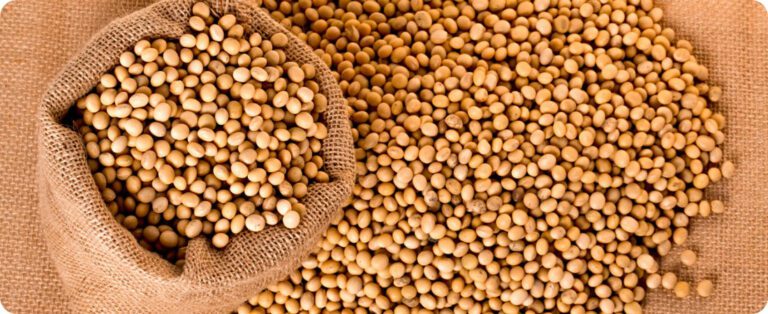
Palm oil, the vegetable oil The most consumed palm oil globally, it plays an essential role in the food and cosmetics industries. In 2022/23, global consumption reached approximately 78 million metric tons, with India standing out as the largest importer of this product. According to an analysis by Vipul Bhandari, Head of Desk at Hedgepoint EMEA, India plays a key role in the palm oil market, directly influencing prices and the global economy.
Consumers highly value palm oil for its high yield, as it produces more oil per hectare than any other oilseed. This results in low cost and high quality, making palm oil a popular choice for many industries. Despite being the world’s second-largest consumer, India ranks only as the 13th-largest producer, with production of 305,000 metric tons in 2023, according to USDA data. The country imports more than double the volume purchased by China, establishing itself as a key driver of the global market.
Economic impact of palm oil imports
To reduce this dependence on imports, the Indian government has launched the National Mission on Edible Oils (NMEO), which aims to expand the area under palm oil cultivation and increase domestic production. The target is to cultivate 1 million hectares by 2025, with production projected to increase to 1.12 million tonnes. In addition, India is strengthening partnerships with Malaysia to expand cooperation in palm oil production.
Furthermore, rising imports and growing domestic demand in India are having a significant impact on global palm oil prices, putting pressure on major exporters such as Indonesia and Malaysia. These price fluctuations are also having an impact on other vegetable oils such as soybean oil. In response to these dynamics, the Indian government may resort to reducing import duties as a way to balance prices in the market.
Source: Leonardo Gottems | agrolink














